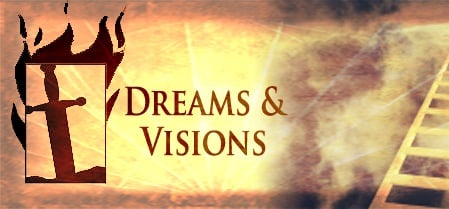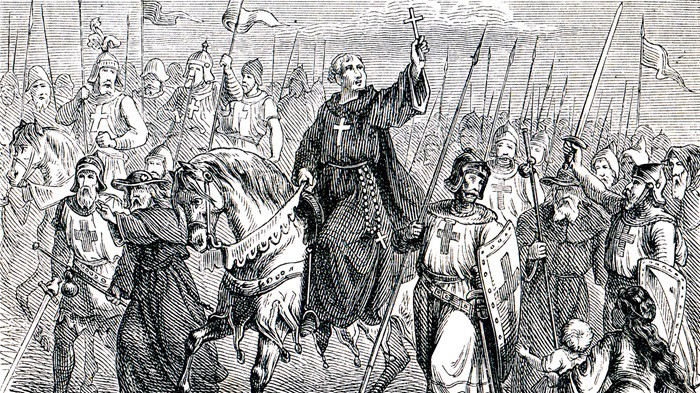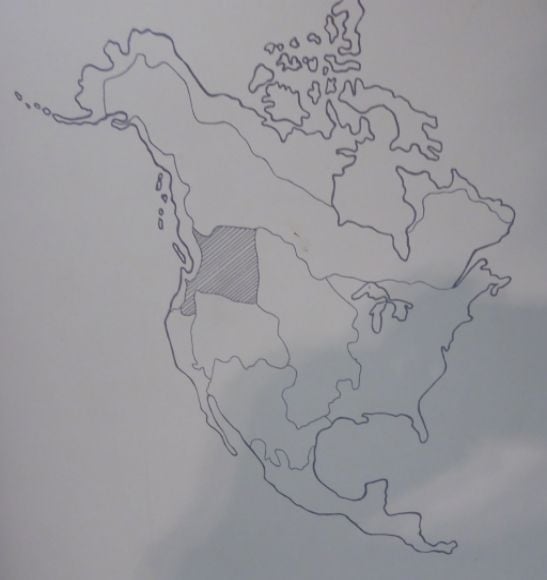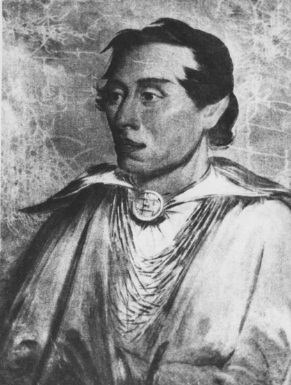Anishinabe Dreams

( – promoted by navajo)
Dreams and visions are an important part of Native American spiritual life. Traditionally dreams were an essential conduit for communication with the supernatural world. Dreams served as a validation of one’s spiritual condition. Therefore, from an early age, American Indian children learned to remember their dreams. These dreams could then be interpreted by the tribal elders. The manitous revealed in the dreams would guide the dreamer to wisdom. While these manitous are often called Guardian Spirits, they are more accurately described as Tutelary Spirits.
According to Anishinabe or Ojibwa spiritual teachings, human beings have two souls, one of which travels at night and lives the dreams. With two souls, human beings can communicate with both the spirits and the souls of non-human persons. From an Anishinabe perspective, it is the soul that dreams the dreams, not the body or the mind. During the dream, the soul may travel all over the world.
Throughout North America, people from various tribes would engage in vision quests to obtain spiritual power. The vision quest would often entail going to a remote spiritual location and remaining there while fasting. Among the Ojibwa, children would start fasting for visions at age four or five. At first they would go into the woods and spend a day without food or water while waiting for their visions. Later, they would spend four or more days at a time fasting and waiting for their visions to come to them. Both boys and girls would seek visions.
For the first vision quest among Ojibwa children, the face and arms are blackened with ash and then the child is taken to the Place of Visions. This is usually a location which is felt to be unnatural, a place formed by neither humans nor nature. On the occasion of the vision quest the spirits would welcome human visitors to this place. After making an offering of tobacco and asking the spirits to bring a vision to the child, the parent leaves. For a number of days the child waits alone, waiting for a vision.
The vision often comes in the form of a particular animal who gives special instructions on how to live, teaches special songs, and shows how to use special medicines. This animal or guardian spirit becomes the person’s personal Manitou. Often the person then carries a representation of this spirit which represents the essences of the spiritual power. Using this representation, an individual can call on the guardian spirit for assistance, guidance and protection.
At the time of creation, all animals were given the gift of knowing the future. Thus, individuals could call upon their guardian spirits to help them understand the future. In traditional Anishinabe cultures, prior to European contact, this would most frequently involve knowing the location of game so that the hunt would be successful.
At the time of creation, each animal was given a special gift. Thus when an animal spirit comes to a human during a dream or vision quest, the animal may share this gift with the human. While there are a number of non-Indians today who have written about the nature of the special gifts to the animal spirits, from a traditional perspective, knowledge of the animal’s gift comes only from the animal spirit, never from a human being.
At the time of creation, the plant people were given the gift of healing. In some instances, humans may be visited by one or more of the plant people in their dreams. These people often become healers.



